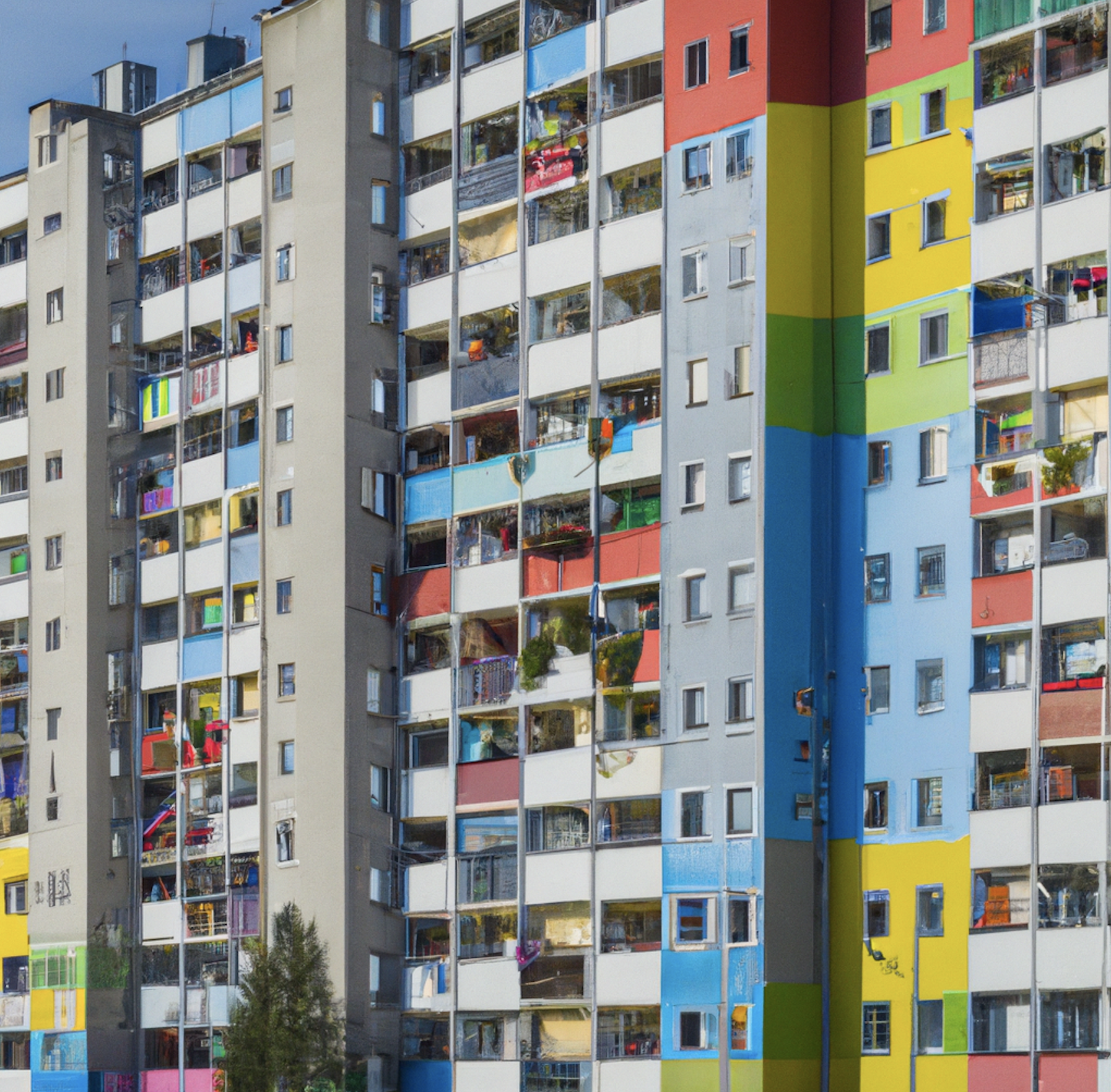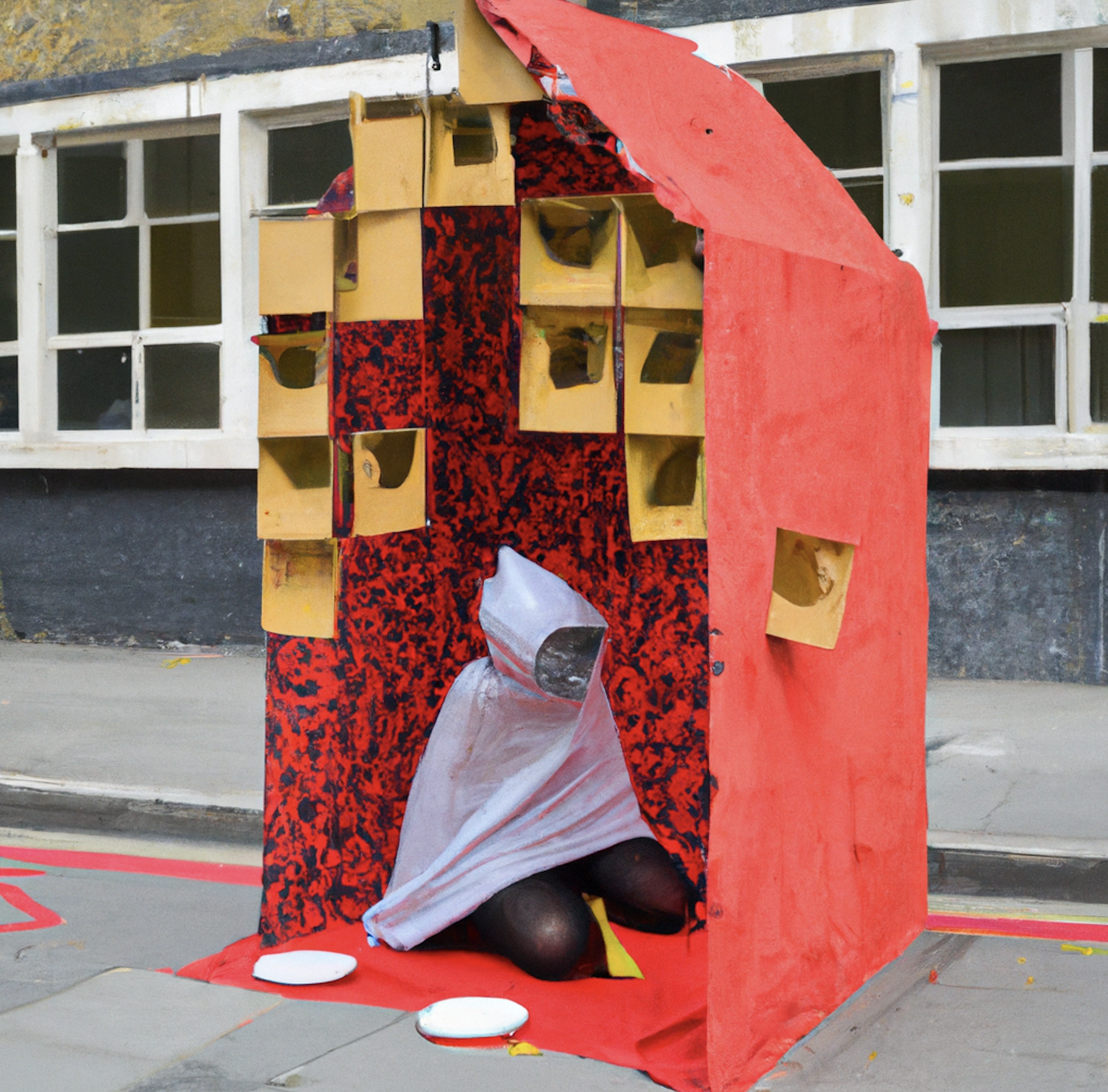Off-cycle: Comparing model sustainable neighbourhoods in France and Canada
Comparative case study research in two prototype model sustainable neighbourhoods, Fréquel Fontarabie in Paris (France) and Dockside Green in Victoria (Canada), sheds new light on questions of ecogentrification in urban redevelopment cycles. The two cases are chosen for their superficial similarities, as mutual but independent frontrunners of the international movement to build sustainable neighbourhoods. They are also chosen for contrast value; the notable difference is that Fréquel is state-led and state-certified, dominated by social housing, compared to Dockside which is private sector-led and third party certified, dominated by market housing. The two cases offer certain shared features, including urban design, infrastructure, and amenities associated with green, bourgeois, and participatory democratic values. Beneath the surface, we examine how the redevelopment models pursued cycles of creative destruction of waste and value differently from how this cycle functions under hegemonic neoliberalism. In both cases, new wastes are identified and new values created, that reach beyond economic capital into social, political and ecological territory as well. Confronting the specific dynamics of waste and value formation in different urban contexts offers new means to advance understanding of neighbourhood redevelopment and transformation and how values of solidarity and nature can be advanced off-cycle from the persistent churn of new forms of capital. (Click here to access the article)
Editorial note: This video abstract is part of an ongoing series which constitutes a collaborative effort on the part of the journal and the authors to diversify the platforms of/for engagements with current and urgent urban debates of our time. For CITY, this series also constitutes an effort to connect with broader audiences, including neurodiverse readers who benefit from visual-auditory material. Moreover, we hope this series of video abstracts helps educators introduce students to different learning experiences where they get to put a face or faces to the words they read on a paper. We are especially proud of this article and video because of the high quality intercontinental collaborative and comparative research. The authors showcase cutting edge research in accessible language with excellent production value. Check out the abstract and video below, “and don’t forget to comment, like, and subscribe!” We will continue this series on our platforms to support authors’ efforts to expand their audiences beyond the academy. – Ulises Moreno-Tabarez, Editor.





